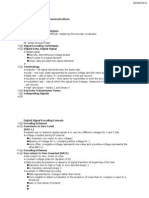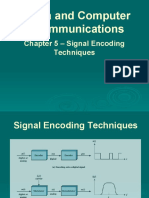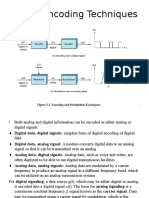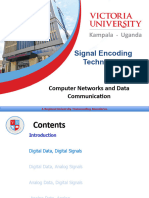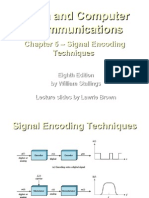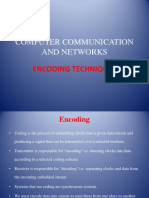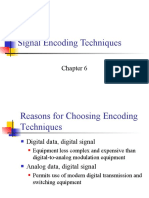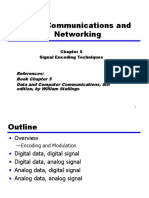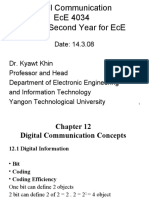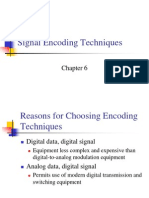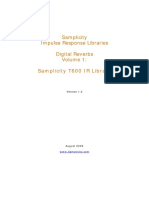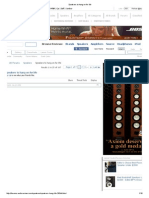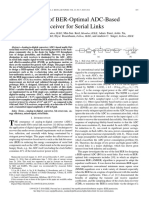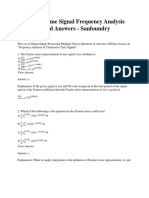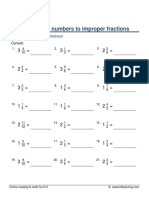0% found this document useful (0 votes)
56 views45 pagesData and Computer Communications: - Signal Encoding Techniques
1. Several techniques can be used to encode digital data into digital or analog signals for transmission, including NRZ-L, Manchester, and various pulse code modulation schemes.
2. Analog to digital conversion uses sampling and quantization as in PCM, or approximation as in delta modulation.
3. Analog signals can be modulated by varying the amplitude, frequency, or phase of a carrier signal to transmit analog data.
Uploaded by
Queen CatCopyright
© © All Rights Reserved
We take content rights seriously. If you suspect this is your content, claim it here.
Available Formats
Download as PDF, TXT or read online on Scribd
0% found this document useful (0 votes)
56 views45 pagesData and Computer Communications: - Signal Encoding Techniques
1. Several techniques can be used to encode digital data into digital or analog signals for transmission, including NRZ-L, Manchester, and various pulse code modulation schemes.
2. Analog to digital conversion uses sampling and quantization as in PCM, or approximation as in delta modulation.
3. Analog signals can be modulated by varying the amplitude, frequency, or phase of a carrier signal to transmit analog data.
Uploaded by
Queen CatCopyright
© © All Rights Reserved
We take content rights seriously. If you suspect this is your content, claim it here.
Available Formats
Download as PDF, TXT or read online on Scribd
/ 45


